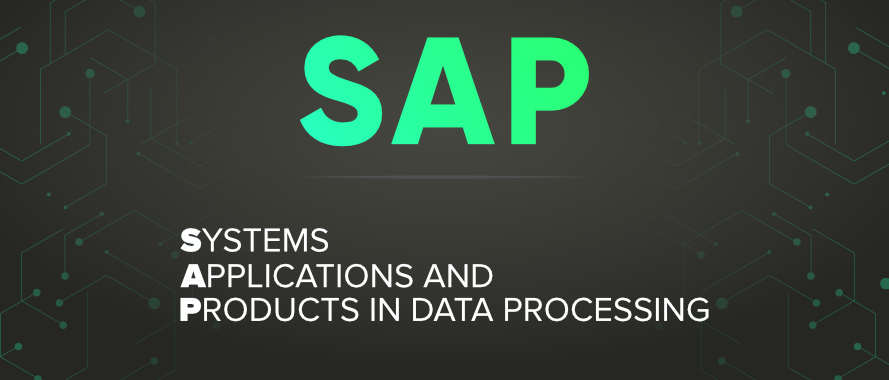When you delve into the world of enterprise resource planning (ERP) and business software solutions, the acronym “SAP” frequently appears. But what does SAP stand for? In this comprehensive blog, we’ll explore the full form of SAP, its history, advantages and disadvantages.
SAP Full Form
SAP stands for Systems Applications and Products in Data Processing. It is an ERP program that supports an organization’s daily operations. SAP is both the name of the firm and the name of the ERP (Enterprise Resource Planning) software. Real-time visibility throughout the entire company is provided by the SAP system. Everyone in the company is able to utilize it.

SAP, often known as R/3, is a client-server-based software. (Where, “R” stands for “real-time data process” and “3” for “three-tier.”
- Database
- Application servers
- Client
What is SAP Software?
The European multinational SAP Software was established in 1972 by Wellenreuther, Hector, Hopp, Plattner, and Tschira. The SAP software suite is used to map several company processes, including human resources, sales, logistics, and finance. SAP software is the market leader in the ERP system, enables workers from all departments to easily access real-time insights across the organization, assisting businesses of all sizes in better managing complicated business operations.
History and Growth of SAP
- SAP was founded in 1972 by Wellenreuther, Hector, Hopp, Plattner, and Tschira.
- Earlier it was called System Analysis and Program Development (German: Systemanalyse und Programmentwickung) after that it was renamed as SAP.
- 1972 – when the first version launched. SAP company has 0.3-million-dollar revenue with just nine employees.
- 1979- R/2 mainframe version launched. The revenue reached 5.1 million with 60 employees and 50 clients in two countries.
- 1992- R/3 client/server version launched. The revenue figure reached 6,266 million. Employee strength reached around 3200 with around 2800 customers in 35 countries.
- 1999- mySAP.com with one step Business launched. The company revenue went up to 7341 billions and employee strength reach to 25,000. The customer base expands to 15,000 customers around in 120+ countries.
Advantages of SAP
- The SAP system removes redundant data.
- Standardized business procedures are used.
- It gets easier to schedule, manage, track, and plan.
- Enables the integration of e-commerce.
- Economical because it saves on administrative costs.
- Helps in automating project monitoring and reporting
- SAP facilitates improved customer interaction, which improves customer service.
- Provides consistency for the entire division.
- Improves production, efficiency, and resource management.
Disadvantages of SAP
- For a small business, ERP implementation might be costly. Thus, the cost of implementation and purchasing is high.
- Because SAP systems are inherently complicated, some organizations might not be able to adapt to them.
- To keep the SAP systems maintained, you must employ professionals.
Conclusion
- Systems Applications and Products in Data Processing is the abbreviation for SAP.
- SAP is an ERP program that facilitates daily business operations.
- In 1972, Wellenreuther, Hector, Hopp, Plattner, and Tschira established the SAP system.
- SAP software, which provides the greatest solutions for the industries of finance, logistics, human resources, etc.
- The SAP system assists businesses in removing redundant and duplicate data.
- For a small business, ERP implementation might be costly. Thus, the cost of implementation and purchasing is high.


Leave a Reply